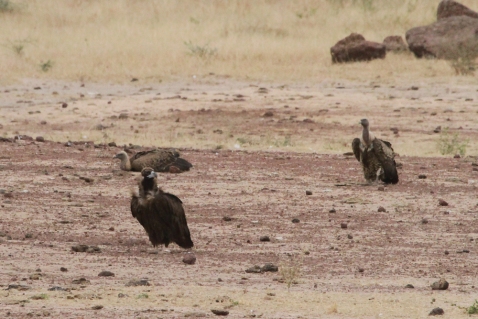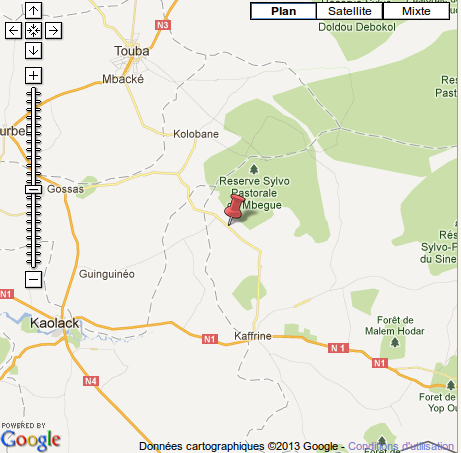Second observation of cinereous (black) vulture for Senegal
Related
Tags: Cinereous Vulture, Vagrants
Search / Cherchez
Recent Posts / Article récents
Tag Cloud
Adamawa Turtle Dove African Grey Hornbill Allen's Gallinule Alpine Swift American Golden Plover Audouin's gull Baillon's Crake Baird's Sandpiper Bateleur Black-winged Stilt Blue Rock Thrush Bridled Tern Brown Booby Buff-breasted Sandpiper Cap Vert IBA Cinereous Vulture Colour rings Common Shelduck Cream-coloured Courser Crested Lark Delta du Saloum Desert Grey Shrike Djoudj Eastern Olivaceous Warbler Egrets Eurasian Griffon Flamingo Forbes's Plover Fork-tailed Drongo Franklin's Gull Gosling's Bunting Green-winged Pytillia Grey Phalarope Hooded Vulture Horus Swift hybrid Iberian Chiffchaff Identification Isabelline Wheatear Jack Snipe Kordofan Lark Lac Mbaouane Lac Rose Lac Tanma Lagune de Somone Laughing Gull Lesser Jacana Lesser Yellowlegs Little Grey Woodpecker Long-crested Eagle Long-tailed Skua Magnificent Frigatebird Mali Firefinch Meadow Pipit Mediterranean Gull migration Nearctic vagrants Ngor Niayes IBA Northern Wheatear Osprey Pallid Swift Palm-nut Vulture Pel's Fishing Owl Pelagic trip Peregrine Falcon Petite Cote IBA Popenguine Red-billed Tropicbird Red-footed Booby Red-necked Phalarope River Prinia Rufous-tailed Scrub Robin Sabine's Gull Sahel Paradise Whydah Sanderling Seawatching Seebohm's Wheatear Shearwaters Short-eared Owl Short-toed Eagle Shrike Skuas Slender-billed Gull Square-tailed Drongo Standard-winged Nightjar Storm Petrels Technopole Turati's Boubou Vagrants Vultures Whimbrel White-fronted Black Chat Woodchat Shrike Yellow-legged Gull Yellow-throated Longclaw Yellow Wagtail Yene-Tode Zebra WaxbillHeader photos
The defunct, twin volcanoes of Mamelles, in Dakar’s Ouakam arrondissement, with Cape Verde Shearwaters and Bottle-nosed Dolphins. The rocky coast of Dakar, forming the Cap Vert Important Bird Area, is an outstanding site for seabirds (photo: P. Robinson). Technopole and its numerous waders, herons, gulls, terns and other waterbirds (including Greater Flamingos when conditions are right) is one of the best sites for birds in the greater Dakar region, So is Iles de la Madeleine, and further afield the Saloum Delta at Palmarin (photos: B. Piot)
A selection of our pictures / Galérie de photos
Copyright
© The authors and Senegal Wildlife 2012-2020. Unauthorized use and/or duplication without permission from this blog’s authors is prohibited. Excerpts and links may be used, provided that full and clear credit is given to the author(s) and Senegal Wildlife, with appropriate and specific direction to the original content.





































































































































































































Trackbacks / Pingbacks